Poop And Health
Okay, yes, this is a weird subject to be talking about, we get it. However, it’s very important to know what your poop says about you and your health, especially since it’s always the symptom of something bigger. By ignoring the obvious signs, you might be ignoring the message your body is trying to send, asking for help.
When it comes to our poop, there’s no globally accepted standards for what is normal, since normal is different for an individual. The frequency, texture, size, consistency, as well as the smell of it is normal for you, if that’s how it regularly comes out.
Also, in regards to how often is normal, it seems like we’ve all adopted the belief that we should be doing it once a day, which couldn’t be further from the truth. For some people, three times a day is normal and for others three times a week is normal, as long as there’s no digestive problems or complaints – that’s all okay. Normal also means that you’re not constipated or suffering from diarrhea, since those are two key signs pointing out that something is wrong on the inside.
Everybody’s bowel movements are different, and they depend on various factors, such as genetics, dietary habits, proper hydration, medication used and potential ongoing and underlying health problems.
Let’s use logic here for a second. Sometimes you eat foods that just don’t agree with you very well and sometimes you simply don’t drink enough water. Sometimes you eat lots of vegetables, rich in fiber, and sometimes you eat a lot of cake, rich in nothing beneficial for our health. Sometimes you’re under a lot of stress, while sometimes you’re very close to nirvana. The factors change all the time, so it’s completely normal that your stool changes from time to time too.
What actually is poop?
This question might have crossed your mind, or you might be a genuinely not curios person. Human feces, or poop, are basically the remains of the food that could not be digested or absorbed by the small intestine but has been rotted down by the bacteria in the large intestine.
It contains bacteria and a small amount of metabolic waste products. That being said, it’s commonly mistaken that feces are actually mostly food our body failed to digest, when in actuality, up to 80 percent of our poop is bacteria! We all know where it’s discharged from and what happens with it afterwards, so we’re not going to talk a lot about that.
Another interesting thing is that men and women poop completely differently! Wonder why? Well, women’s colons hang a little bit lower than men’s. It’s also a fact that women are much more prone to bloating, since it’s way more challenging for them to make the passage of the stool, as it takes longer to transit through their bodies. These differences are so interesting and significant, that the scientists say they could perform the colonoscopy and guess the patients gender based on them!
Poop classification
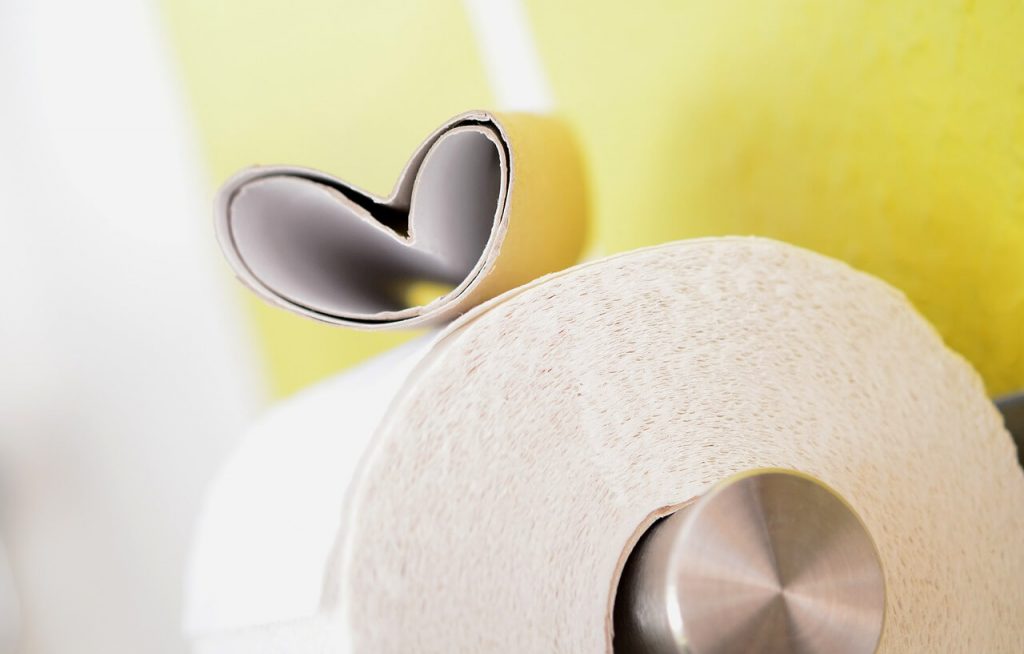
Doctors all around the world use a little something called the Bristol Stool Chart to classify the types of stools, and there are exactly seven categories. What they basically tell us is how long was the stool in your bowel, before heading out.Let’s take a closer look at what these categories are:
- Separated, hard lumps that are hard to pass and they indicate constipation;
- Sausage-shaped, but covered in lumps, and it also indicates constipation;
- Almostsausage shaped, but with cracks on the surface and it’s the most ideal type;
- Exactly like a sausage, with the smooth top, and it’s also considered ideal;
- Soft blobs with clearedges that are passed easily, and along with the next too indicate diarrhea;
- Fluffy pieces with weird edges, almost cereal like stool;
- Watery, without solid pieces, entirely liquid;
Can you guess which category is the best?
If you guessed four, you are right on point! Number four is considered the healthiest, although number three isn’t very far away from it. Anyhow, falling right in the middle of the scale means the healthiest digestion. Going further away from the middle means there are some underlying issues, so let’s take a closer look at what those might be.
If your stool is hard or in a form of separated lumps, it indicates the constipation. The reason for this is that the large intestine tries to remove water from the stool while it’s passing through the gut. In cases of decreased motility, the stool stays in the large intestine longer, which means more water is drawn, making the stool harder.
Luckily, a hard stool is easy to avoid by intaking more fiber through your diet. Fibers act like a sponge and they are definitely going to help your stool preserve more water. Foods that are rich in fibers include fruits, veggies, as well as legumes and if that’s not enough, there are always supplemental solutions, such as psyllium. In most severe cases of constipation, you can use an oral laxative, to help your stool pass through the large intestine with ease.
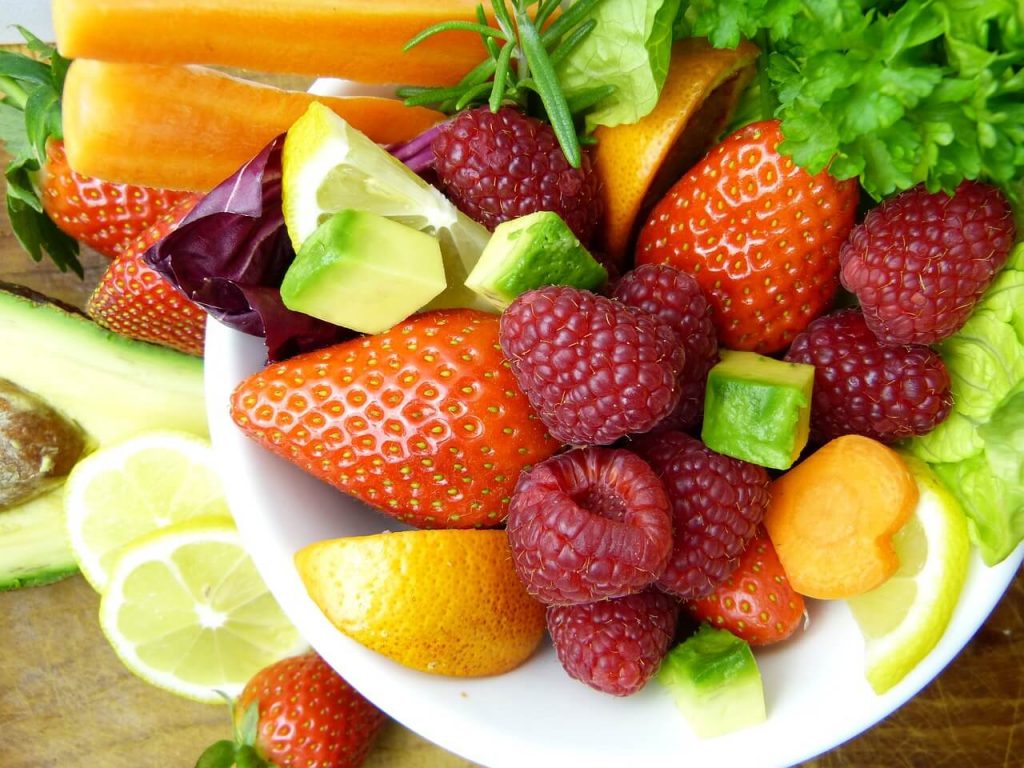
Another reason for constipation could be dehydration, since the lack of liquids in the stool doesn’t have to mean that there’s something wrong with motility of the bowels. The reason for this could simply be the lack of water. There is only so many potential reasons for dehydration, starting with not intaking enough water, to intaking too much of alcohol or vomiting.
On the other hand, many people suffer from diarrhea, and often way more often than they realize, since it doesn’t have to be completely shapeless or completely liquid, as we already learned from the Bristol Stool Chart. The diarrhea can be really unpleasant, especially if it has completely liquid consistency, and can often lead to dehydration and the loss of many important nutrients. As with constipation, fibers play an important role in diarrhea cases as well. Just like they can soften the hard stool, they can help harden the stool that is too soft or the one that lacks consistency.
Let’s not forget the color of the poop
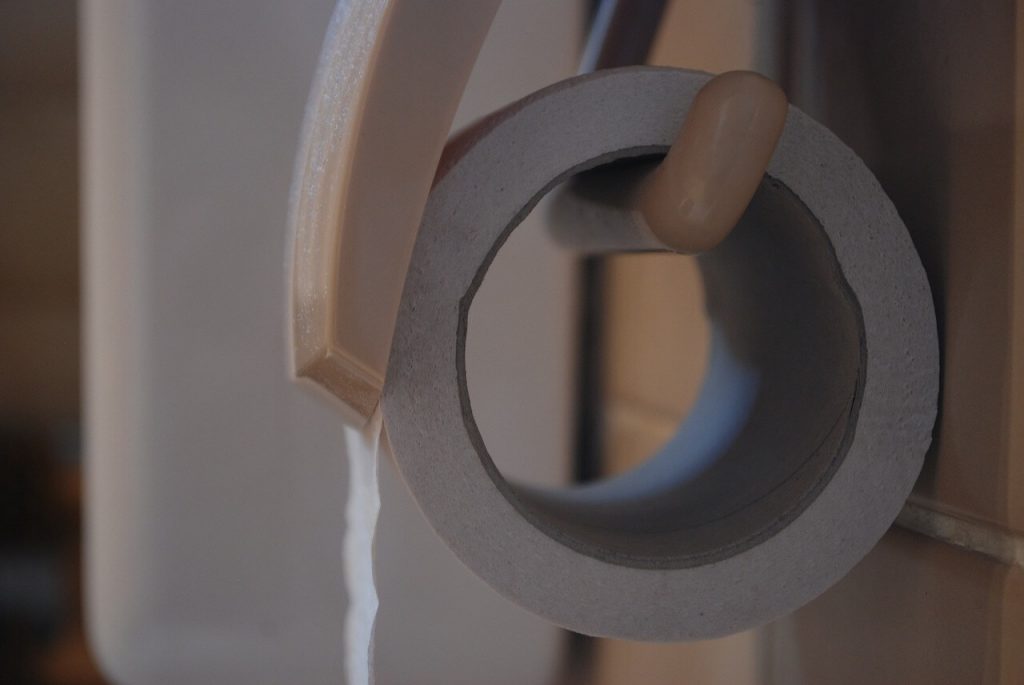
Okay, we’re all adults here. Let’s not pretend we don’t check up on our poop after we’re done.Curiosity is completely normal!
If your stool is any other color besides brown, it’s most colored like that due to something you ate.Many foods can change the color of the stool, but this can also be the result of certain medications or supplements. It’s usually harmless, but in certain cases the color change can indicate something more serious, so let’s take a look at what different colors mean.
Brown
Our stool is usually a light or dark brown color, and that’s because of the combination of bile andbilirubin. It’s mostly covered with mucus, which is completely normal as well and actually a sign of a healthy digestion.
White
White stools can often happen due to the problems with bile getting into our gastrointestinal tract or if the liver is simply not making enough of bile. If the bile duct is blocked due to a tumor or a stone, bile is not going to be able to reach the intestine and the stool will be white. This color is pretty common in liver diseases, such as hepatitis and cirrhosis.
Additionally, certain medication can turn stool white, so if you’ve been on a new prescription therapy, ask your doctor is this normal. If it is – then you can ignore it while you are using the certain medication, but if it persists after you have stopped using it, you might want to ask your doctor again to check up on that.
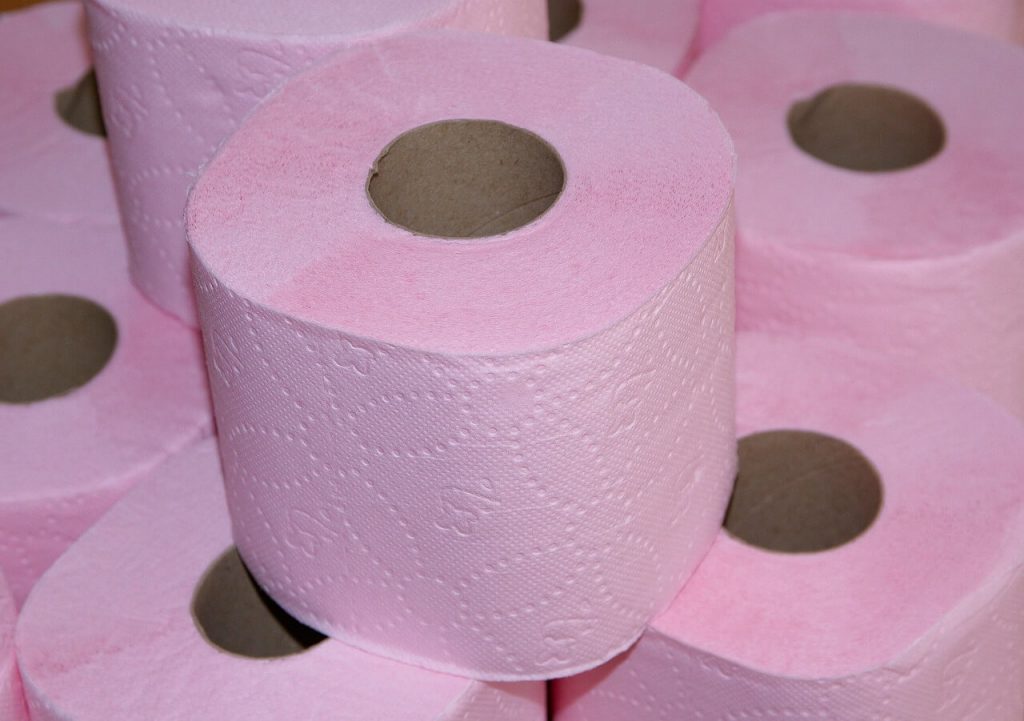
Black or almost black
The most common reason for this color is actually Pepto Bismol, which basically always changes the color of your stool to black or at least really dark. What’s more important, black stool can indicate bleeding in your gastrointestinal tract, and it’s black because the blood changed the color while traveling through the digestive system, so it basically became digested as well. Darker stool can also happen due to high levels of iron, because it can color it, or a stomach ulcer.
Blue
Besides obviously being the consequence of a certain food coloring, it can also be a consequence of a Prussian blue color used in the treatment of radiation, cesium and thallium poisoning.
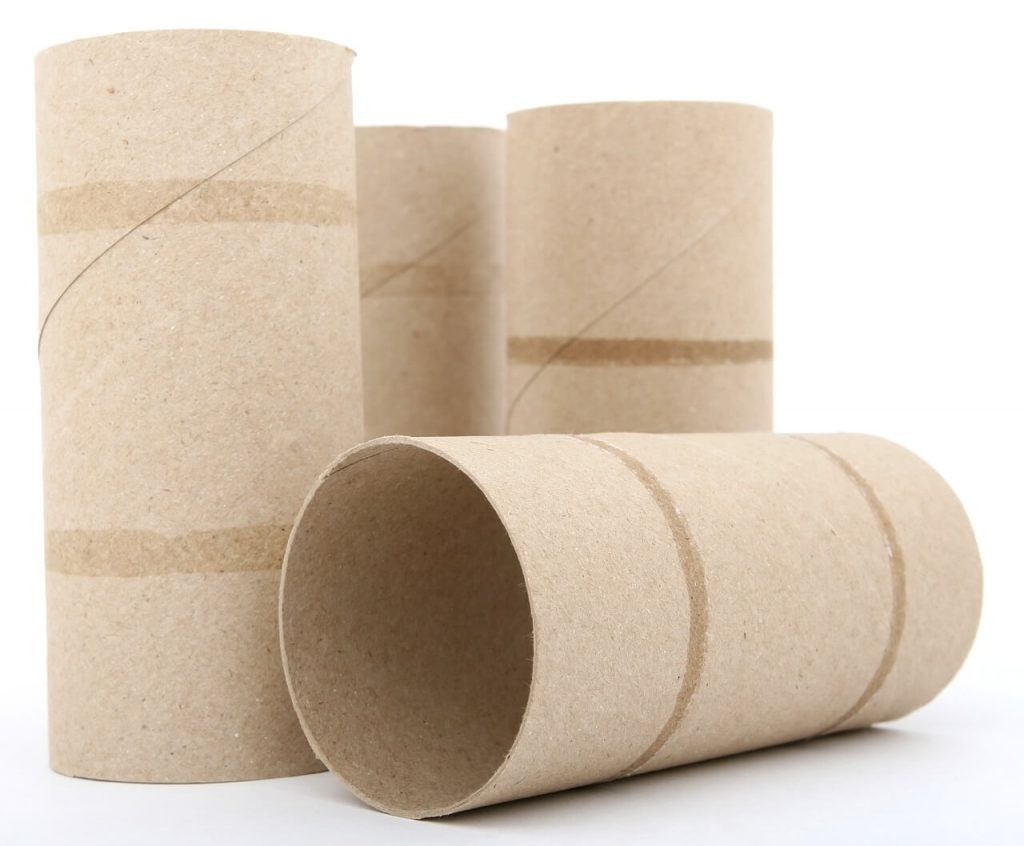
Yellow
If your poop is yellow and it floats in the water, it’s probably because your body has hard time digesting fats. This can be a result of many different things, such as if your gallbladder is removed or even if you are taking some weight loss medication and yellow stool can indicate celiac disease or even chronic pancreatitis.
Green
If your stool happens to be tinted green, it’s most likely because you ate something green recently, since most of us eat quite a lot of leafy greens. Although, this is not worrisome, green color can also be a sign of infection, if the stool is constantly colored, completely unrelated to food.
Red
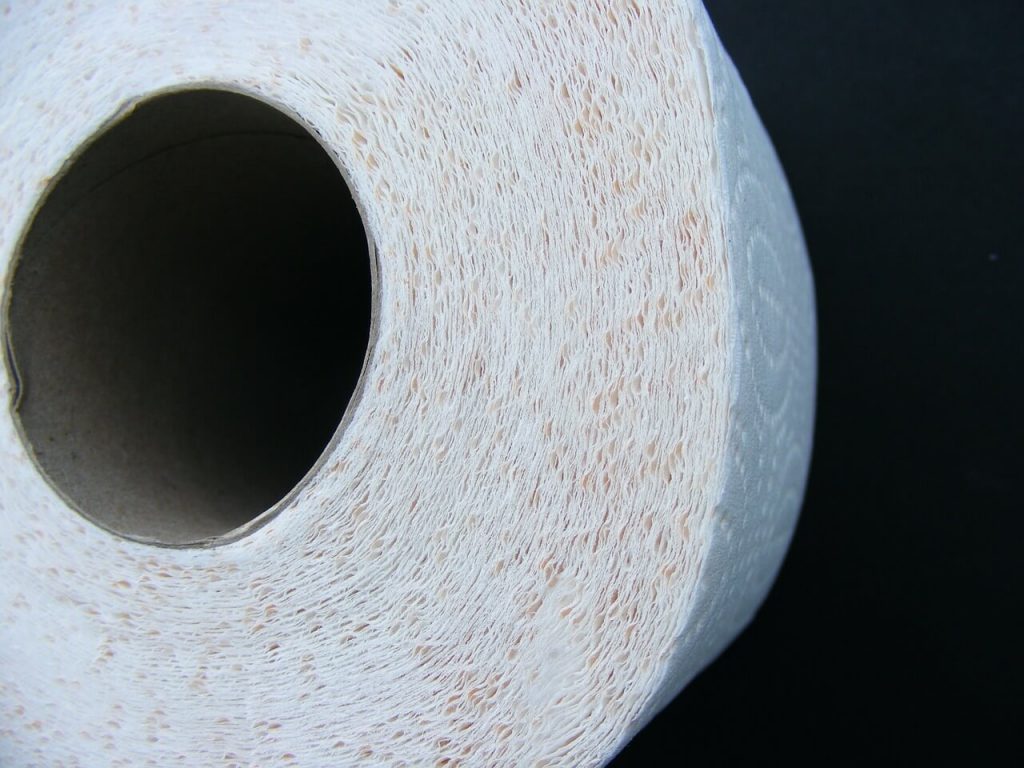
Before you start panicking, think about what you ate recently. If the answer is something very red pigmented, like beets or even any kind of reddish berries, that’s most likely the cause for a change of color.
If the answer is no or you are not sure, it could be a sign of blood in the stool. The blood can come from the intestines, and it definitely suggests a visit to your doctor. Red color can also indicate a polyp, diverticulitis, inflammation or even colon cancer as the worst case scenario.
What about the smell?
If there’s anything more unpleasant than talking about the frequency and the color of the stool, that’s the smell of it. The odor is made up from certain odorant volatiles, like methyl sulfides and benzo pyrrole volatiles.
No matter what color, stools normally have a very unpleasant smell due to the bacteria in the colon. These bacteria are not bad per se, they actually help break down the food! But if the smell of your stool changes from bad to worse, that can be a sign of an infection, celiac disease, cystic fibrosis, pancreatitis or lactose intolerance.
Diet can also affect the smell of the poop. For example, combining protein with refined sugars and simple carbs is never a good idea. It’s going to cause you a stomachache and since simple carbs and refined sugars tend to be digested very quickly, while proteins need a little bit more time, they will be sitting in the gastric acid for a long time and rot. This is bad both because the absorption of the amino acids from protein is going to be affected, which basically means you wasted a good protein, and because the rotting process creates excess gas and obviously, stool made out of rotten food is going to smell way worse than usual.
Learn how to read the signs
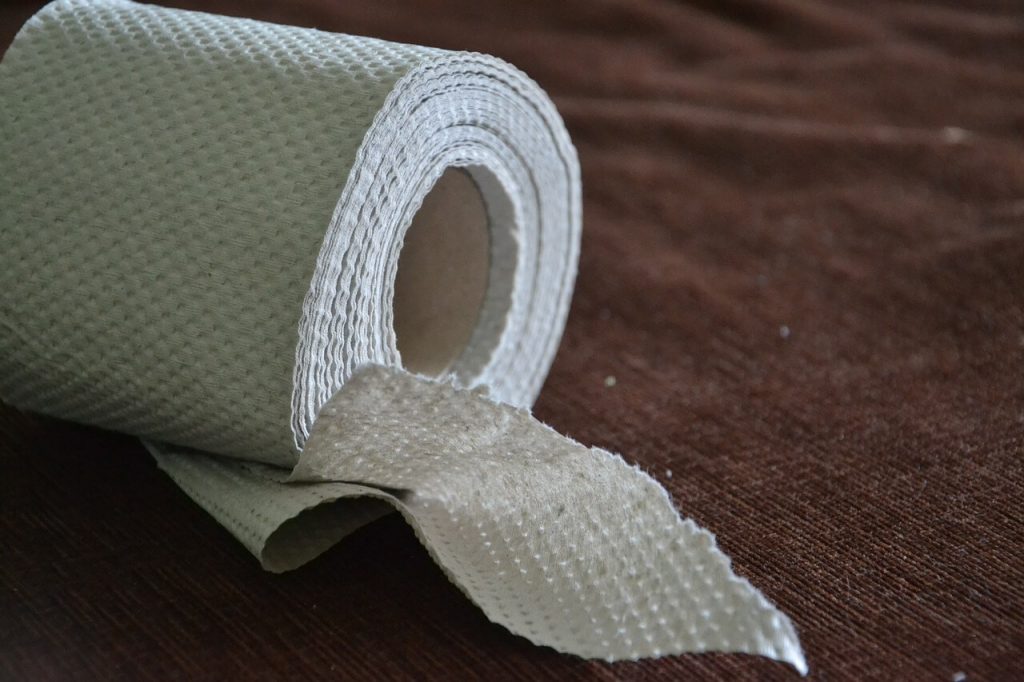
Why would you even care about all of this? What’s the point of inspecting your stool? Well, it’s not a waste of your time, for sure. Certain conditions, like for example IBS – irritable bowel syndrome, ulcerative colitis or Crohn’s disease can be revealed through your stool. For example, diarrhea or constipation, or alternating between these two, as well as stomach or abdominal pain and excess gas are the first signs of the irritable bowel syndrome.
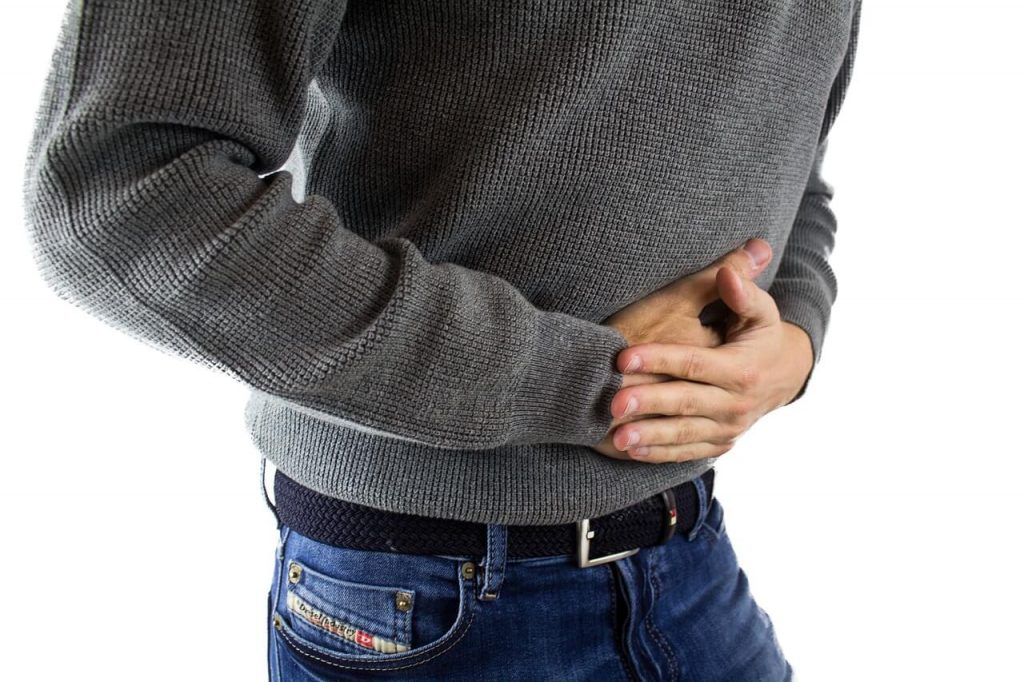
Crohn disease on the other hand involves constant, chronic diarrhea, followed by weight loss, fever and abdominal pain. Ulcerative colitis is very similar to Crohn’s disease and the key factor to recognizing it is the chronic diarrhea that often times becomes bloody.
These are all visible signs, but they are definitely not the only way you can tell what’s going on in your body – there’s also a bunch of information available on the microscopic level. Here you’ll need a little bit of help from the professionals. This is the exact reason why for a lot of exams you are required to bring a stool sample, it’s not just to make you uncomfortable.
The bacteria in your stool can be analyzed in the laboratory and it’s been
proven that the range of bacteria in the gut can have implications for a range
of different health conditions. Experts say that the bacteria found in the gut
play an important role in regulating our immune system, as well as in the
development of the certain, above mentioned, diseases.
Sometimes you might even be able to spot food remnants in your feces. Most often this includes seeds, corn, nuts and beans. Why does this happen? Well, it’s mostly because of their high fiber content and the fact that they need a lot more time to be digested. In some cases, like tomato or watermelon seeds for example, they don’t get digested at all, which is why they leave our body the same way they went in.
What are the most important signs?
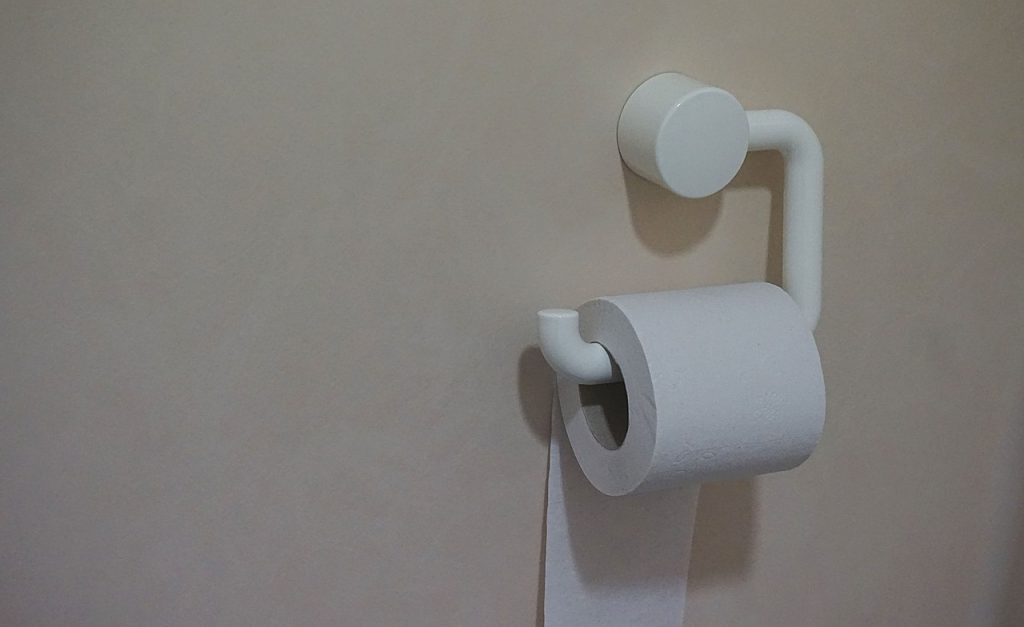
Nobody wants to spend too much time inspecting their number two, so let’s break down the five of the most important things you should be looking after.
- Blood in your stool. Even a small amount of blood in your poop on a regular basis is troubling and worrisome! It can be a sign of many different things, such as anal fissures or hemorrhoids, polyps or an inflammatory bowel disease, and in the worst-case scenario – a sign of cancer.
- Change in consistency. Diarrhea is completely normal from time to time, even in healthy people, but if you used to have solid bowel movements and now you’re having frequent diarrheas, that could be a sign of abnormality, such as Crohn’s disease or ulcerative colitis, especially if it’s followed by bleeding or weight loss.
- Chronic diarrhea. This can be as normal as the sign of the food intolerance. On the other hand, it can also be the sign of ulcerative colitis and other colon disorders, as well as the irritable bowel syndrome or IBS.
- Color change. As previously explained, the change in color is very telling and different colors suggest different things. Refer to the section above and find the exact color you are looking for, so you can understand better what it means.
- Constipation. This is most likely due to the lack of water and proper hydration, but it can also be a side effect of certain medication, as well as the irritable bowel syndrome.
What can you do to improve the quality of your bowels movements?
Our body is really great in showing us on the outside if there are any problems on the inside. First and foremost, if you’re having chronic issues with your stool, you should be checked out by a professional. Most of the issues can be worked out pretty quickly with either lifestyle changes or medication, or both. Some, of course, are more serious, such as irritable bowel syndrome. IBS is a chronic condition and it requires long-term care.
With that being said, here are just a few tips on what you can do to try and prevent any problems whatsoever:
- Try eating a lot of unprocessed foods, including vegetables, because they are very rich in fiber
- Avoid artificial sweeteners of any kind
- Avoid excessive caffeine, as it’s a fact that caffeine affects the frequency of bowel movements
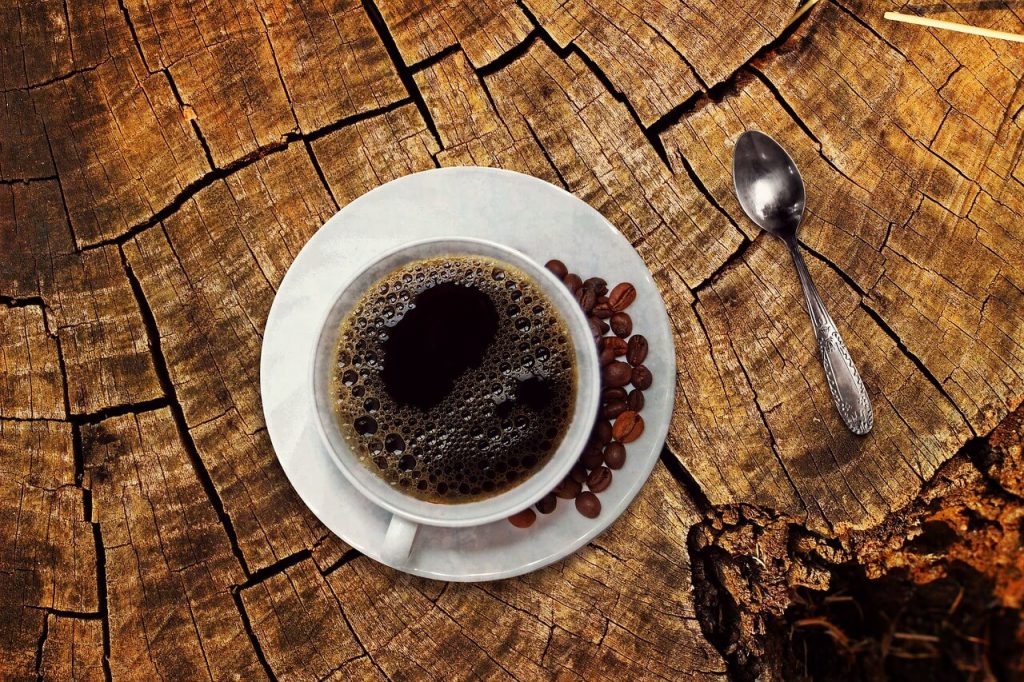
- Help your intestinal flora by eating naturally fermented foods to your diet, such as pickles, yogurt and kefir for example
- If that doesn’t help, or if you simply can’t get enough good bacteria from your diet, consider taking a probiotic supplement
- Drink plenty of water, there’s really no such thing as too much water
- If you are on certain medication, ask your healthcare provider if they can affect your stool
- Add exercising to your daily routine
- Try minimizing the stress by including yoga or meditation in your life
As you can see, you can do quite a lot to help yourself and your bowel movements out by simply implementing certain lifestyle changes. We should pay way more attention to our stool, just like we’re paying attention to, let’s say, our weight or blood pressure, as it can help us prevent certain issues or catch them in their early phases if we react to symptoms immediately. The most important thing is not to ignore our body asking for help. The good news is that almost everything can be fixed if we react right on time, so keep this in mind next time you see think that something might be wrong. Obviously, your poop is much more important than you thought, so next time when you’re doing the number two, make sure to take a closer look before all that information goes down the drain!









